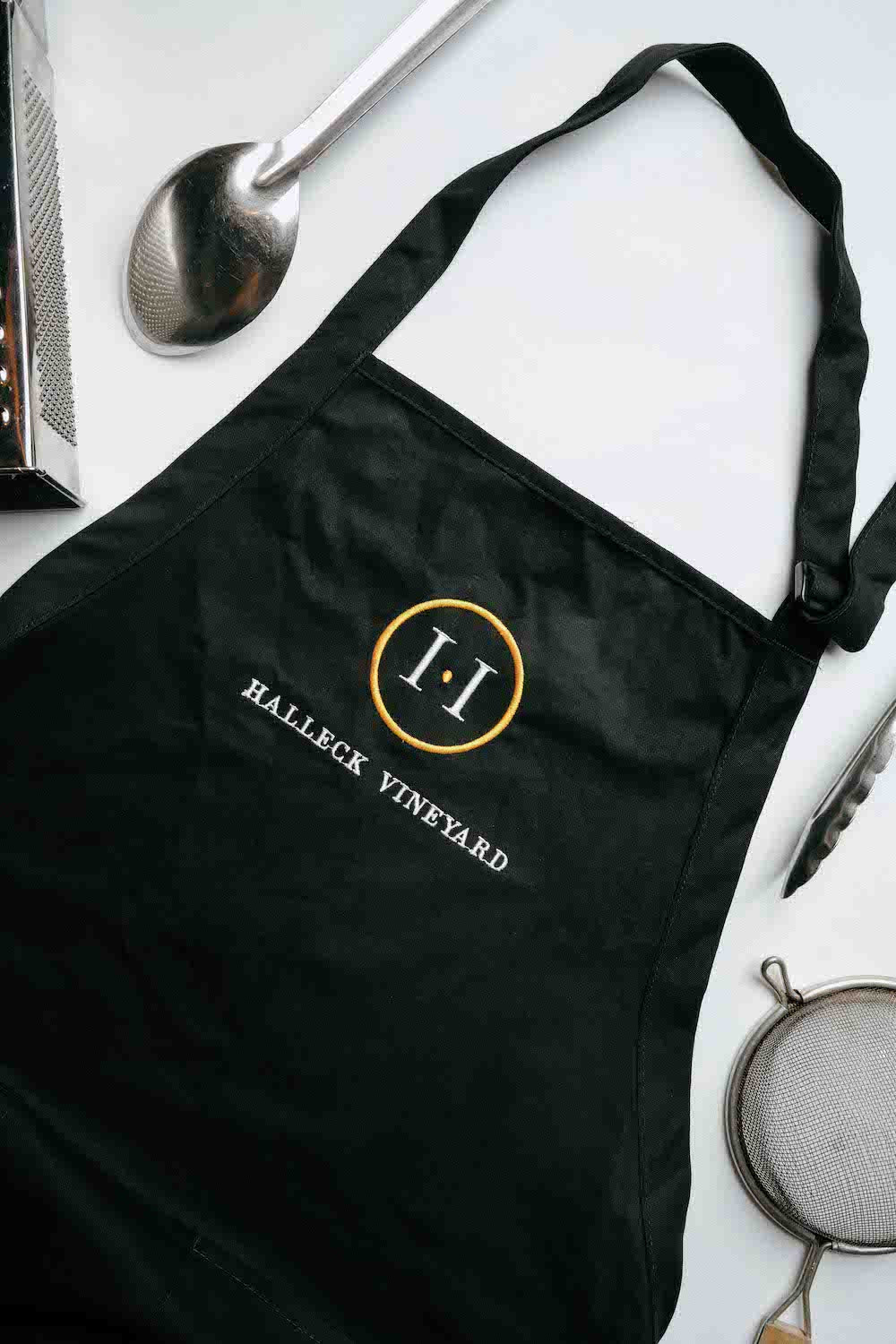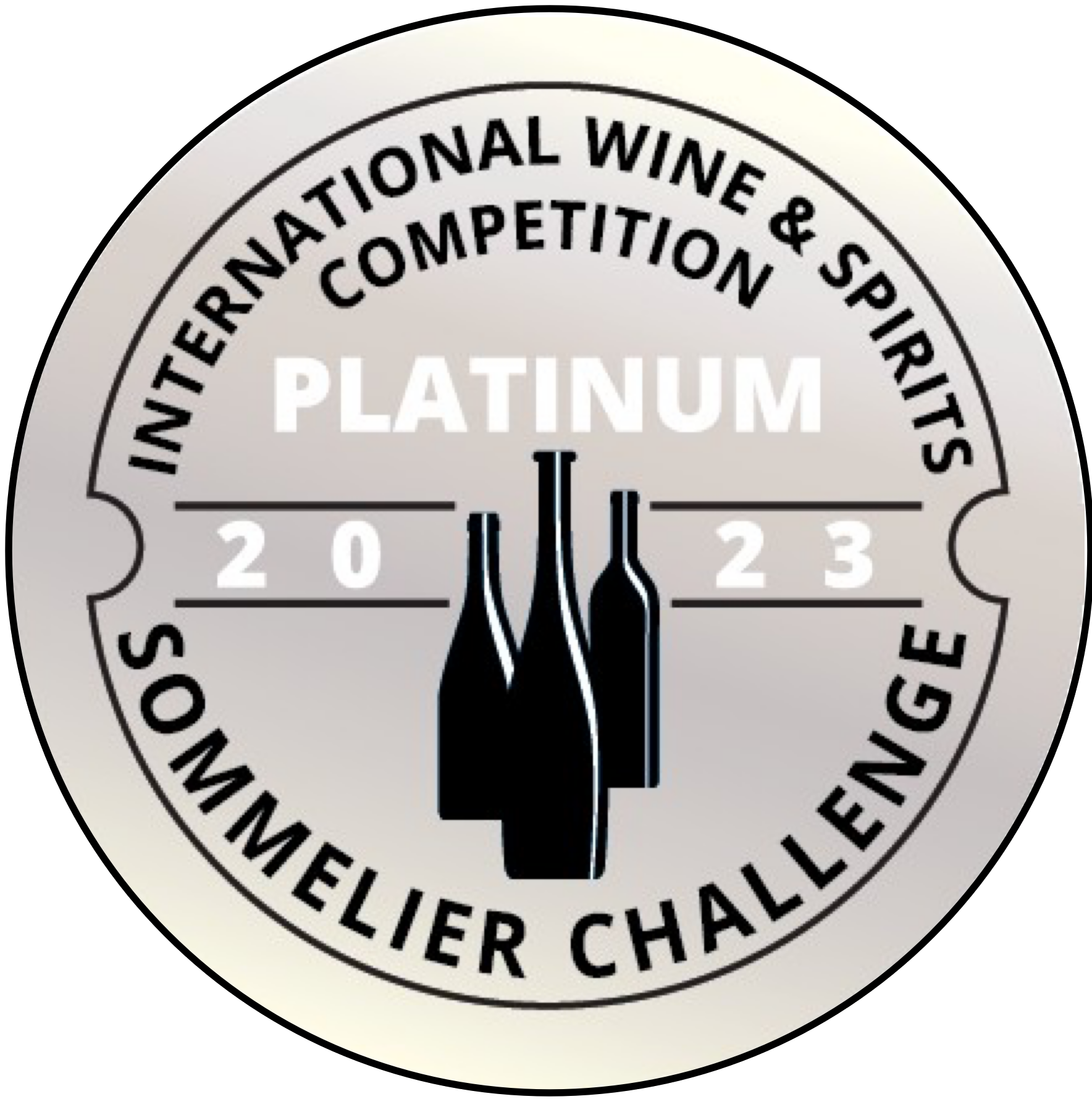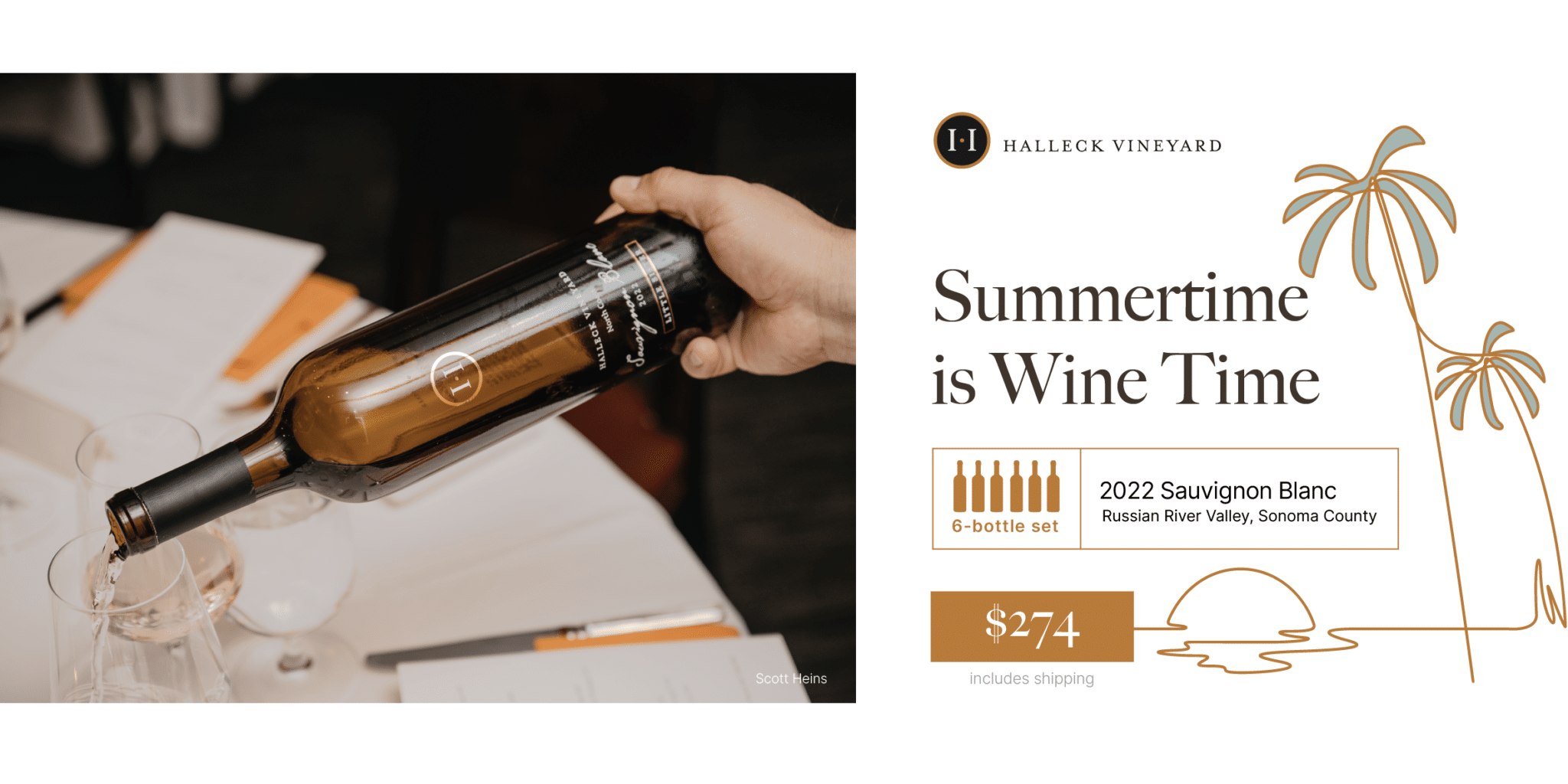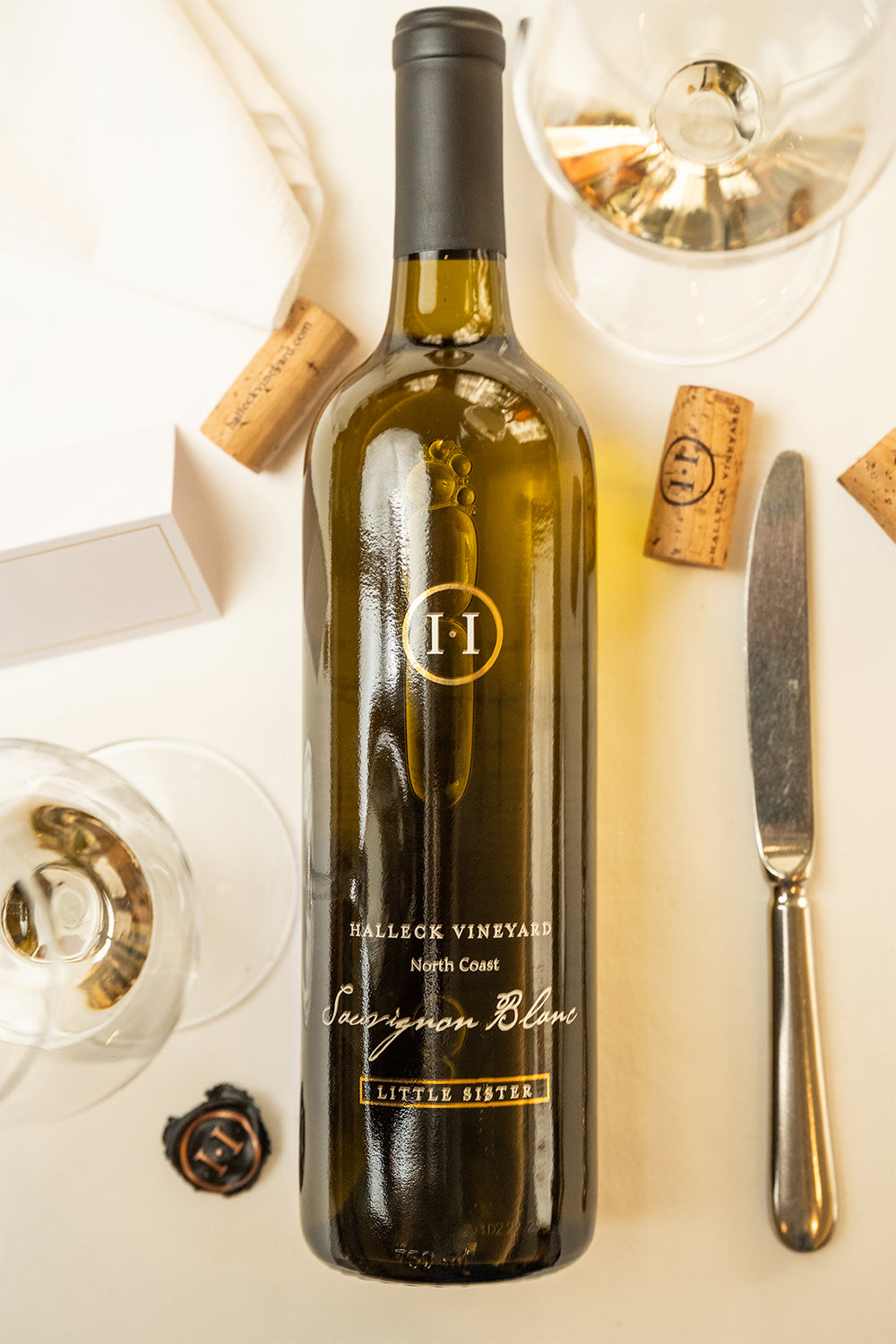Wineries Hosting Seasonal Events - Vines And Views In Sonoma Wine Country
Wineries Hosting Seasonal Events - Vines And Views In Sonoma Wine Country
Blog Article
Wine Tasting Tours In Russian River Valley - Enjoying Wine In Sebastopol
Wine tasting is an art that requires practice and an understanding of various aspects involved in the course of. One essential factor of wine tasting is the development and interpretation of tasting notes, which function a guide for each novices and seasoned connoisseurs. A Guide To Understanding Winery Wine Tasting Notes can enhance your wine-tasting experience, making it more meaningful and pleasant.

Tasting notes are concise descriptions that seize the essence of a wine’s flavors, aromas, and general character. Usually composed by professional tasters, winery tasting notes provide insights into the nuances of varied wines. They might help wine enthusiasts perceive what to anticipate from a specific bottle. Nonetheless, tasting notes can range extensively in style and detail based on the author's experience and palate.
Wineries Known For Handcrafted Wines - Sonoma County's Best Wine Experiences
When you first approach a glass of wine, your senses will begin to interact right away. The sight, odor, and taste of the wine will converge to provide you a whole experience. Tasting notes usually begin with the visible assessment, the place the color of the wine is taken into account. Shade performs a major role in indicating the wine’s age, grape variety, and even its flavor profile.
After assessing the visible aspect, the following step includes swirling the wine in the glass. This action aerates the wine, permitting its aromas to awaken. Smelling the wine offers crucial perception into its complexity. The initial sniff can deliver a flood of scents that will include fruity, floral, herbal, or earthy notes. This is usually the most subjective a part of tasting, as individual experiences can dramatically differ.
In winery tasting notes, descriptors are often categorized into primary, secondary, and tertiary aromas. Major aromas usually stem from the grape selection, secondary aromas derive from fermentation processes, and tertiary aromas arise from aging. Understanding these categories may help you recognize the depth of a wine, they usually also give you the vocabulary to express your experience better.
Wineries With Breathtaking Gardens In Sonoma - Scenic Wineries Of Sebastopol
Following the olfactory encounter, your focus will shift to the style of the wine. This is where the first characteristics—sweetness, acidity, tannins, alcohol—come into play. Tasting notes often detail these flavors in a quantity of dimensions, together with the initial attack on your palate to the lingering finish in your tongue. A high-quality wine will present a harmonious stability between these elements.
While tasting, it is essential to contemplate the body of the wine, which could be described as light, medium, or full. The body contributes significantly to your general impression, helping you think about how the wine pairs with food or whether it stands alone as a sipping wine. Balancing the body with the opposite traits provides you with a fuller understanding of what the wine has to offer.
The finish of the wine, additionally referred to as the aftertaste, is another crucial aspect usually included in tasting notes. A long, pleasant finish normally indicates a higher quality wine, whereas a brief or cloying aftertaste may counsel in any other case. Evaluating the finish can provide additional perception into the wine's complexity and distinction.
Understanding the context of winery tasting notes is also useful. Tasting notes can present contextual details about the winery's location, local weather, and grape-growing practices. This context provides another layer of appreciation for the wine, permitting enthusiasts to attach the sensory experience with its origins, thus enhancing the enjoyment further.
Breathtaking Views From Sonoma Wineries - Sebastopol Wineries
Many wineries present tasting notes on their web sites or labels, often written in an approachable yet informative style. Nonetheless, not all winery tasting notes are created equal. Some could additionally be overly technical, while others may prioritize advertising aptitude over insightful find out here now analysis. Studying to navigate these notes can arm you with the data to make knowledgeable selections when choosing wines.
Collaborating in tastings at wineries can even deepen your understanding of wine tasting notes. Interacting with knowledgeable workers may give you a more hands-on strategy to exploring totally different wines and the language used to describe them. Popular Wineries With Outdoor Seating In Sonoma. You'll have the opportunity to ask questions, have interaction in discussions, and doubtlessly refine your palate in real time.
Experimentation is crucial for mastering wine tasting notes. As you sample different wines, try making your own notes. Focus on describing the wine’s color, aroma, style, and end. Over time, you’ll develop a private vocabulary that resonates along with your sensory experiences. Each note you create will help refine your palate, allowing you to appreciate wines at a deeper degree.
Celebrated Winemakers To Discover In Sonoma - Vineyards In The Sonoma Region
In conclusion, a Guide To Understanding Winery Wine Tasting Notes provides a complete framework for diving into the world of wines. It equips you with the methods and language necessary to articulate your experiences. Whether you're a informal drinker or a devoted aficionado, understanding and using tasting notes can profoundly impression your wine journey. This data not solely enhances your enjoyment but in addition connects you deeply with the wealthy narratives each bottle tells. By embracing this journey, you turn out to be part of the gorgeous mosaic of wine culture, where each sip unveils a new story ready to be found.
- Wine tasting notes sometimes embody quite a lot of sensory descriptions, together with aroma, flavor, acidity, physique, and finish, permitting tasters to completely recognize the wine's traits.
- To enhance your understanding, familiarize your self with widespread wine terminology similar to "tannins," "oakiness," or "terroir," which can help decipher the notes extra effectively.
- A systematic method to tasting includes first visually assessing the wine's color and readability, followed by swirling to release aromas, then inhaling and describing what you experience.
- Taking notes during tasting might help establish patterns over time, improving your palate and making it easier to recall preferences for future alternatives.
- Do Not overlook the affect of food pairings; tasting notes can differ tremendously when a wine is enjoyed with complementary flavors, altering perception and enjoyment.
- Pay consideration to the wine’s vintage, as weather conditions in a given 12 months can considerably have an result on the ultimate product, adding one other layer to the tasting notes.
- Contemplate the winemaker's style and philosophy, which may shape the wine's profile and impact how its notes evolve with every sip.
- Training with totally different grape varieties can broaden your vocabulary; each kind brings distinctive traits that can improve your ability to articulate tasting notes successfully.
- Engaging with wine professionals or attending tasting events can present priceless insights, offering a richer context for understanding personal tasting notes.
- Remember that tasting is subjective; particular person preferences and experiences will shape one’s interpretation of the identical wine, enriching the general enjoyment of wine exploration.
What are wine tasting notes?
Wine tasting notes are descriptive feedback made by tasters about the look, aroma, taste, and finish of a wine. They present an overview of the wine's traits and may help consumers perceive the style and high quality of the wine.
Small Batch Wineries In Sonoma Valley - Sonoma's Hidden Winery Gems
Why are tasting notes necessary when choosing wine?
Tasting notes can guide you in choosing a wine that fits your palate. They present insights into flavors and aromas, check my reference helping you to match wines with food or occasions. Understanding these notes enhances your total wine experience.
How should I read wine tasting notes?
(Wineries Offering Private Events)
Unique Wine Blending Experiences In Sonoma - Sonoma Wine Tastings

When reading wine tasting notes, pay consideration to the structure: look for descriptions of shade, aroma, flavor, and finish. This will assist you to grasp the wine's profile and decide if it aligns with your preferences.
What terms generally appear in wine tasting notes?
Widespread terms embrace "tannin" (the structure), "acidity" (the crispness), "physique" (the weight), and various flavor descriptors like "fruity," "earthy," or "spicy." Familiarizing your self with these phrases can deepen your understanding of wine.
Best Wineries For Wine Tasting In Sonoma - Sonoma Wine Region Vineyards

Am I Able To create my own tasting notes?
Yes! Writing your personal tasting notes can enhance your wine tasting experience. Focus on your observations of style, aroma, and different sensory traits. This personal practice might help you refine your palate over time.
How do I determine the aromas in wine tasting notes?
Wineries With Artisan Chocolate Pairings In Sonoma - Sonoma’s Lush Vineyard Landscapes
To determine aromas, practice smelling a wide range of scents and associating them with wines. Swirl the wine in your glass to release its aromas, then take a moment to breathe in deeply earlier than figuring out any distinguished scents.

What is the distinction between professional and private wine tasting notes?
Professional tasting notes may use extra technical language and specific terminology, while personal tasting notes are subjective and reflect particular person experiences. Both are useful for understanding and enjoying wine, however personal notes may resonate more together with your distinctive tastes.
How can tasting notes improve my wine appreciation?
Wineries With Estate-Grown Grapes - Sonoma County Wine Tasting Locations
Tasting notes can enhance your appreciation by helping you to grasp and articulate the complexities of wine. They encourage conscious tasting and provide a framework for comparing totally different wines, resulting in a richer enjoyment of the beverage.
Are there any apps or instruments to help with wine tasting notes?
Sure, there are several apps designed to help users report and manage their tasting notes. These tools usually supply features like flavor wheel guides and wine database searches, making it simpler to track your journey by way of totally different wines. Report this page